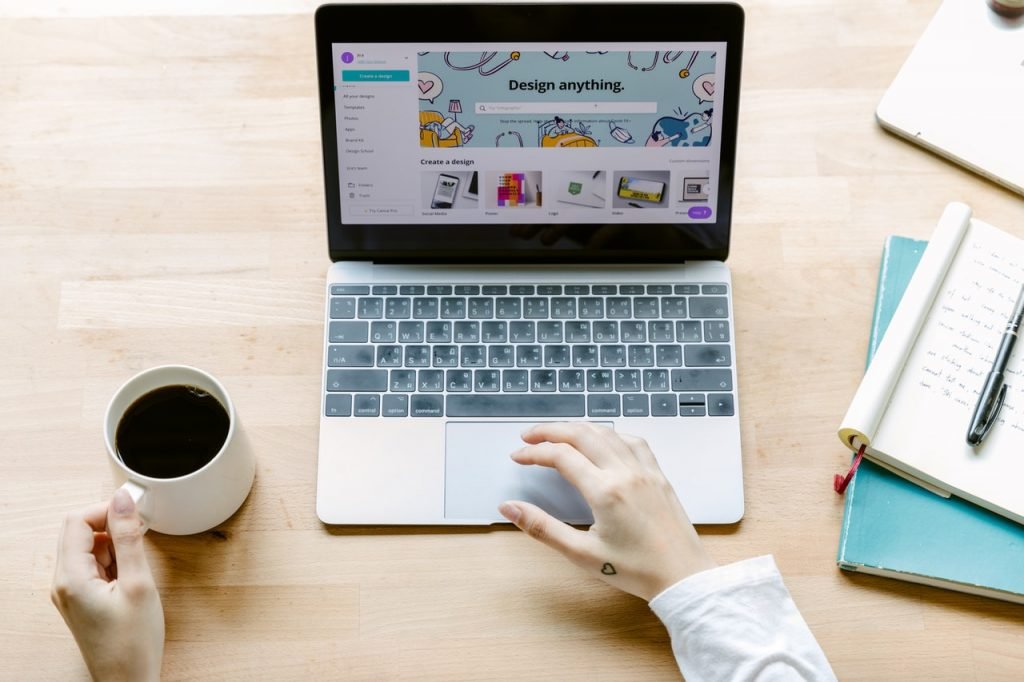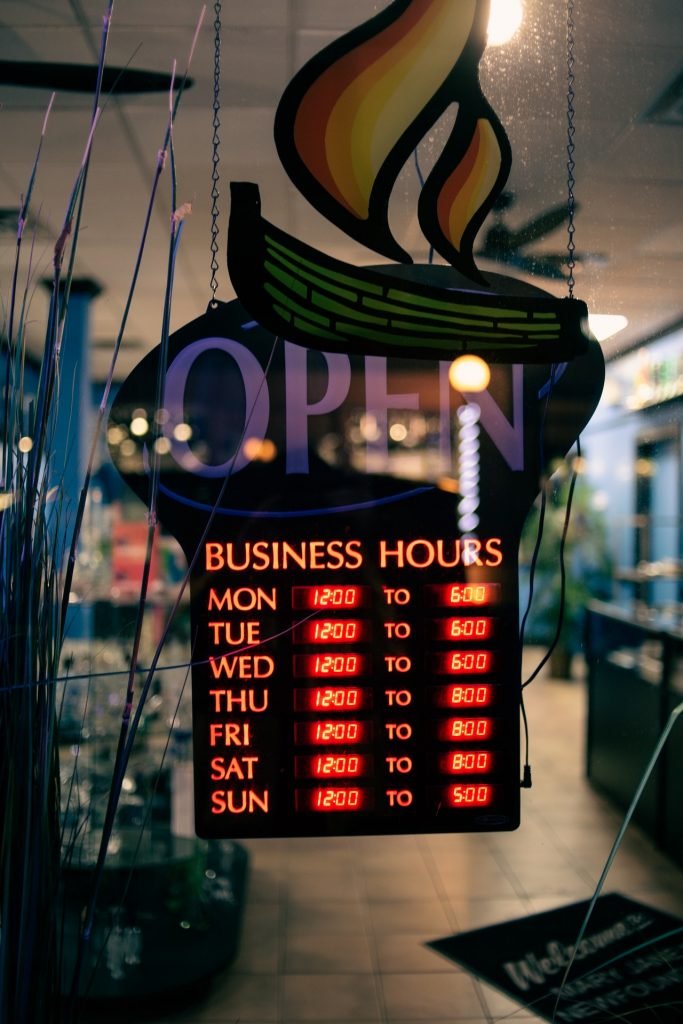If you are planning to make a website or a blog, then you will be spending a lot of days, weeks, or months perfecting your website. You will be allocating more budget in order to create a website that offers an incredible user experience, anticipating that this can result in more customers and improved customer satisfaction.
When making a website or redesigning your existing website, it should include everything. All the aspects should fit together just like solving a jigsaw puzzle. This means that you are collecting everything to create that perfect picture.
When designing your website, it is important that you provide the optimal user experience. In order to do this, it is imperative that you have to go through every piece of your site and ensure that you have the following key elements. You should consider including these features on your website since they are the ones that the users are anticipating. At the same time, you can guarantee that they will create a positive and lasting impression for those who are navigating your site.
What Are the Features to Include in Your Home Page?
You have to consider that most first impressions come from the home page. This is where the users will have a first look at who you are and what your website is all about. For effective communication, it is very important that you have to be concise. It should be the place where people can quickly understand what your business is all about.
Domain Name
It refers to the URL for your website which can be seen in the navigation bar. This is the address where users can find you or the address where the users will be taken to after doing some search. The first step in creating a website is to create your domain name and your site will not function without having one.
Your domain must be simple and can be spelled easily so visitors can quickly find it. If somebody has already taken your domain name, then get creative and think outside the box. All domain names are registered, hence, you will either acquire an existing domain that is owned by somebody else or look for a domain that has not been registered.
Company Name
You should place your company on the upper part of the homepage. This can reassure users that they have come to the right place. Visitors do not need to scroll up and down to look for your company name.

Logo
Logos should also be placed on top of the homepage. Usually, they are small and include easy-to-remember graphics so visitors can easily connect your company to that image. In this way, if they can’t remember your company name, then perhaps they can identify your logo.
Search Bar
Sometimes there are users who know exactly what they need from your site, however, they might require some help navigating towards that page. Incorporating a search bar on your homepage, as well as on every page of your site can provide visitors with the best user experience.
Navigation Bar
Whether you put your navigation bar on top or on the side of a page, it should be positioned in such a way that it can encourage users to explore your site and look for the products or information that they want.
Description
Don’t forget to put a company tagline or a short description near your logo or company name. This is very important for smaller businesses whose work may not be easily understandable. You can simply place a short phrase that describes what you do and who you are.
Call to Action
A call to action or CTA can be in various forms such as book a demo, create a login, or subscribe to your mailing list. It should be a convincing appeal to users to take action on your site. Most often, some sort of incentive will be included.
Internal Links
The goal of a website is not simply to attract users to your homepage. Instead, you should use your homepage to encourage users to visit other parts of the site. Here, you could provide them some links to your blog posts. With the use of internal links, visitors will stay longer on your page. As a result, there is a greater possibility that they could become a customer.
Images

It is recommended that you include a header image on your website to provide your audience with a visual. This visual could either be a specific graphic made for your site or it could be ads for your latest products. Images are much easier to process, hence, they can retain more attention than having an extreme amount of text. Images could either be composed of a video or a slideshow. It is better to have visual media rather than having a page filled with plain text.
Live Chat
A lot of websites are now using live chat software so they can easily communicate with their visitors and provide them with the best customer service. If you have a live chat tool, then be sure to prompt users to communicate after visiting your homepage or any other internal links.
Testimonials
If you have users or previous clients who have said nice things about you, then it would be great to place them on your homepage. There is a lot of information that you can pull out from review sites such as Yelp. If the information is not enough, then you can ask your clients to write customer reviews. Also, you could reach out to people personally and ask them to say a few wonderful words so that you can include them in your testimonial section.
Features to Include in Website Footer
The footer is located at the bottom of every page. This will provide links to visitors to help them in navigating to popular pages on your site.
Social Media Icons

It is undeniable that social media marketing is so powerful. You can encourage users to visit your Facebook or Twitter page by incorporating social media icons on the footer of every page or on the homepage.
Tabs and Options
Include a hyperlinked list of pages where your visitors want to navigate on every page or at the bottom of your homepage. Some examples of these pages are about page, blog, FAQ, press stories, customer support, careers, and other specific links which are relevant to users’ experience.
Features For About Page of Your Website
The “About Page” of the website should contain information that can help visitors in learning more about your organization. Although most of these elements could be placed on the homepage, you could also create a dedicated page for it. This is a great opportunity for companies to use brand storytelling.
Biography
Include a biography of the founders and the organization itself to help visitors gain a better understanding of whom they are dealing with. Your clients will feel good knowing where they invest their precious time and money. To brighten up the about page, you can include some personal anecdotes and storytelling.
Map to Your Business
An address and a map can help users know where your store or location is located. It can help them understand where to find you. If your company has several branches, then you can include a search where users can easily find a location nearest them. Whereas a smaller business could include one or two addresses.
Contact Info
By providing users with contact information, they have a way of getting in touch with you. You can include an email address or a phone number on your about page. In this way, in case one of your clients have some inquiries or is having trouble with your product or service, they can quickly contact you.
Business Hours

If you have a physical store and it is only open at specific times, then you can include this information on your about page. By clearly stating the hours that you are available will help your clients know when your calls will be answered or when their returns will be processed.
Contact Form
Another method of making your organization available to users is by having a contact form. Contact forms can help you in collecting data from your clients while providing them with a message box where they can write down their concerns.
Features For Inner Pages of Your Website
The other pages on your site will differ depending on the products that you are selling and the techniques that you are using in driving traffic. The following are some examples of these internal pages.
Blog
Blogs are an excellent way for companies to bring in traffic to their site by having unique content. Having a blog on your site can grab some attention from your users.
FAQ or Knowledge Base
These pages can be very valuable to users who are looking for answers to their questions. It can also reduce the need for you to answer the same questions all over again.
Agile Development can help you in creating an efficient website. You can request a free quote by visiting us at https://agiledev.org/.

Recent Comments